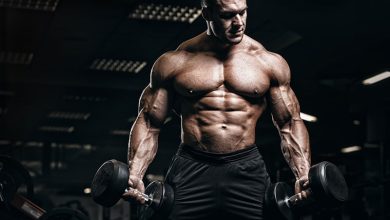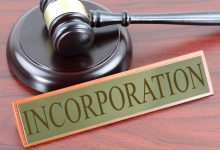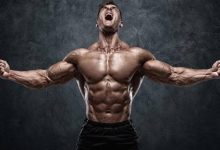House Mold Abatement: Methods, Tips, and Precautions

Introduction to Residence Mold And Mildew Abatement
Among numerous kinds of mold and mildew, residence mold and mildew is specifically well-known for its fast growth and unfavorable impacts on indoor air high quality. Effective mold abatement is crucial not just for getting rid of existing mold however also for preventing its recurrence.
Comprehending Home Mold And Mildew
While commonly referred to as “black mold” due to its dark look, not all black mold and mildews are Stachybotrys chartarum. House mold is recognized for creating mycotoxins, which can pose severe health and wellness dangers when inhaled or touched.
Health And Wellness Results of Residence Mold Exposure
Exposure to house mold can bring about different health issues, particularly for people with breathing problems, allergic reactions, or weakened immune systems. Signs and symptoms of mold and mildew exposure may include respiratory system issues, sensitive responses, skin irritability, and also neurological problems in severe instances. Extended exposure to mycotoxins created by home mold and mildew can exacerbate existing wellness conditions and may bring about lasting health problems. Trust reputable providers for thorough Good life fire restoration services to restore your property after fire-related incidents.
Techniques for House Mold And Mildew Reduction
- Inspection and Assessment: The first step in mold abatement is to perform a detailed evaluation of the impacted locations to recognize the level of the problem. This might include analyzing covert areas, such as behind walls, under rugs, and in crawl spaces. Specialist mold assessors can use specific devices like dampness meters and thermal imaging electronic cameras to detect concealed mold and mildew growth.
- Moisture Control: Since mold flourishes in wet settings, managing wetness is vital for mold and mildew reduction. Resolving any type of sources of water invasion, leaks, or humidity issues is essential to prevent mold from repeating. This might entail fixing plumbing leakages, improving air flow, making use of dehumidifiers, and ensuring appropriate water drainage around the foundation of your home.
- Containment: To avoid the spread of mold spores to unaffected areas, control actions are needed during the removal process. This usually entails sealing off the polluted area making use of plastic bed linen and producing unfavorable atmospheric pressure to guide air flow outside your home. Containment assists reduce the threat of cross-contamination and safeguards the health of passengers and workers.
Removal of Mold-Infested Products: Porous products like drywall, insulation, carpeting, and upholstery that are thoroughly contaminated with mold and mildew may require to be gotten rid of and appropriately disposed of. Careful handling and containment are vital to protect against the spread of mold spores during the elimination process.
Cleaning up and Disinfection: Thorough cleansing and sanitation of mold-infested surface areas are crucial to remove mold spores and stop their regrowth. Specialized cleaning up agents and fungicides may be used to properly eliminate mold and hinder its reoccurrence.
- Drying and Dehumidification: After removing mold-infested products and cleansing the affected surfaces, extensive drying out and dehumidification are required to avoid mold from returning. Correct airflow and air flow aid speed up the drying out procedure and reduce moisture levels, creating an unwelcoming environment for mold development.
- Post-Remediation Verification: Once mold removal is total, it’s vital to confirm the effectiveness of the abatement initiatives. This may entail conducting post-remediation examinations and air top quality testing to make sure that mold and mildew levels have been decreased to acceptable degrees. Certification by qualified experts offers assurance that the residential or commercial property is secure for occupancy.
Preventative Measures for Residence Mold And Mildew Reduction
- Personal Safety Equipment (PPE): Anyone entailed in mold removal must put on suitable PPE, including N95 respirators, gloves, safety glasses, and safety apparel, to reduce direct exposure to mold spores and harmful chemicals.
- Ventilation: Ample air flow is crucial during mold and mildew remediation to avoid the accumulation of airborne contaminants. Opening windows and utilizing fans to tire air outdoors helps enhance interior air top quality and decrease exposure dangers.
- Containment Measures: Appropriate containment of the job location is necessary to avoid the spread of mold spores to various other parts of your house. Seal off the afflicted area with plastic sheet and usage adverse atmospheric pressure to direct airflow outside.
- Specialist Support: While small mold and mildew issues can usually be addressed by house owners, substantial or serious invasions may require specialist support. Licensed mold remediation specialists have the experience, devices, and training to securely and effectively take care of mold abatement.
Final thought
home mold and mildew reduction requires an organized approach including assessment, dampness control, control, removal of infected products, cleaning, and post-remediation confirmation. By adhering to appropriate techniques and preventative measures, homeowners can properly mitigate mold and mildew problems and guard their wellness and residential or commercial property. Prompt intervention and proactive measures to avoid dampness accumulation are essential to stopping mold and mildew reoccurrence and maintaining a healthy interior environment.









